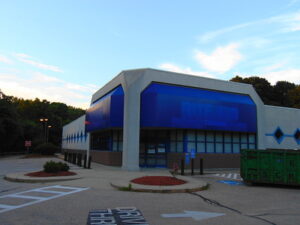The CHIPS and Science Act provides $52B in funding to finance semiconductor research and manufacturing incentives. Between now and 2030, the funding – among other investments – is expected to create nearly 4M new technology sector jobs. Experts estimate that nearly 1.5M of those jobs – more than one-third – will go unfilled because there will be no one to fill them.
Part of the problem is that there is a significant attrition rate among STEM graduates, who take jobs in non-STEM fields. One solution is to improve STEM education in the K-12 system with the goal of engaging students in STEM subjects and keeping them engaged until they reach college.
If post-secondary schools want to see these students in their STEM programs, they need to create a K12-to-college pipeline. That means working closely with K12 schools to develop programs that draw kids into the subject matter, as well as into the institution. This would also help to normalize the idea of going to college after high school. It’s also an opportunity to encourage parents to start saving for their children’s college educations.
What would a K12-to-college pipeline look like at the community college level? It could include summer camps that focus on STEM subject areas. Perhaps it includes grade-level math support services that students can avail themselves of during the school year.
This approach would contribute to the community in ways that WCC’s current collection of summer trade programs do not. Bringing outsiders to campus for short training programs doesn’t create any long term benefit to the area. It doesn’t build capacity here or attract technology sector jobs. It may bring an economic benefit to the area, but it does not meet the workforce development needs of the community that pays for it.
Technology sector jobs must take priority
So, Washtenaw County taxpayers pay for programs that don’t benefit us, and don’t get the programs and services we pay for. Where is the Board of Trustees in all of this? Where are the questions about the strategy? What is the overwhelming benefit that this strategy delivers, and why is it better than building capacity for technology sector jobs in Washtenaw County?
Washtenaw County taxpayers deserve a full and transparent accounting of how much WCC’s summer trades programs cost the taxpayer and how much they return. And when I say return, I don’t mean the benefits that accrue to area hotels and restaurants. I mean how much does the College collect in direct payments that offset the cost of these events? This analysis must take into account the loss of regular tuition revenue that the College gives up by shortening the Spring/Summer semester? (Students don’t want to take more intensive, shortened classes during the summer.) It is time to start asking questions about the end goal of this strategy, and why it is worth pursuing in place of strategies that would bring valuable technology sector jobs to Washtenaw County.
Photo Credit: erika dot net , via Flickr




















